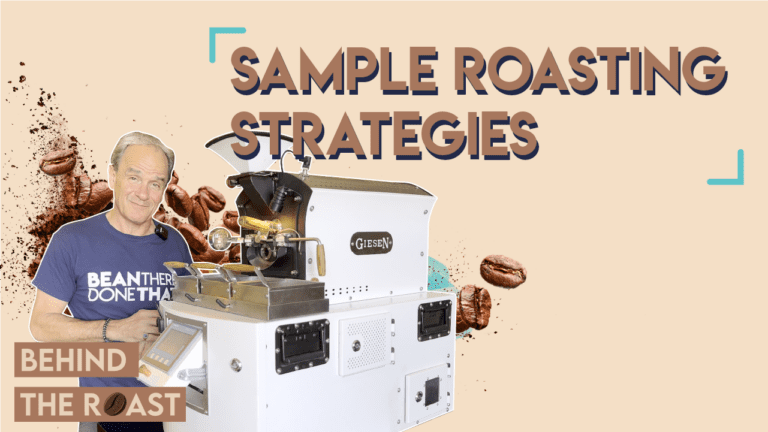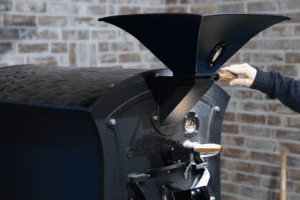Sample roasting is a critical aspect of the coffee industry, often overlooked in its significance. Inaccurate sample roasting can lead to misguided business decisions, considering the substantial quantity of coffee represented by each sample. While traditional sample roasters and digital air roasters have their limitations, Giesen Coffee Roasters has introduced the WPG1 (gas-fired) and WPE1 (fully electric) sample roasters, setting a new standard in precision and innovation. These state-of-the-art machines offer a range of advanced features, including precise control over the flame, air pressure profiling, and drum speed regulation. With the ability to cool and roast samples simultaneously, these roasters provide unparalleled temperature stability and enable the development of customized profiles. Check out this month’s Behind the Roast to discover the full potential of Giesen sample roasters.
Sample roasters are much more important in the quality inspection protocol than many coffee professionals realize. Usually, the sample itself represents a significant quantity of coffee, in some cases as much as an entire container load, which can be up to 37,500 pounds of green coffee beans. That’s a significant volume of coffee for preparing business decisions, especially if you’re basing that decision on a poorly roasted sample. Roasting samples is at least as challenging as operating larger industrial roasting machines. Generally, sample roasting machines are not equipped with automatic time-temperature profilers. This puts a higher emphasis on the skills of the operator, who must assure that roast colors are consistent and that roasting times are within a consistent range. Let’s review some of the important factors that can influence the outcome of the sample roasting process.
Unleashing the potential
In terms of design, many sample roasting machines resemble larger, industrial-size roasting machines. Capacities range from 100 grams to one pound per batch. The heating is normally done with gas-fired atmospheric nozzles or with electric heating elements. Quite a few companies in the USA and in Europe still use antiquated sample roasters. Some of these machines feature a perforated drum and operate with ample airflow, and usually they lack the option to incrementally adjust the flame or airflow level. This can make these machines quite challenging to use. As a result, inexperienced operators tend to set the flame levels too high. This causes the beans to build up dangerous levels of heat, which will become exothermic when the first crack occurs. Resulting in a roast process that accelerates too fast. This leaves hardly any time for the beans to develop balanced coffee flavors.
Revolutionizing sample roasting
A popular trend is the use of digital, convection-heated air roasters. These machines can be quite convenient to use, but they lack the capability to inspect samples during the roasting itself. Also, they don’t offer any options to develop roasting profiles for the replication on larger, industrial-sized machines. For the benefit of the global coffee community, Giesen created the WPG1 (gas-fired) and the WPE1 (fully electric) sample roaster. These are undoubtedly one of the most sophisticated sample roasters available on the market. The Giesen sample roasters feature all the popular options that are commonly available with Giesen equipment: precision flame control, air pressure profiling, and drum speed regulation. As a special feature, Giesen sample roasters are equipped with three cooling trays which offer the benefit that samples can be cooled and roasted at the same time. Allowing the roast master to maintain optimum between-roast temperature stability. Giesen sample roasters are also excellent tools to experiment with new profiles, which can be recorded using the Giesen Roast Profiler software. Also, they can be used to develop profiles on any of the larger Giesen roasting machines.
In conclusion
Finally, I recommend watching this month’s Behind The Roast video. This highlights some of the best practices of roasting samples with the awesome WPG1 gas-powered sample roaster at Boot Coffee Campus.
More information on coffee brewing, roasting or any other coffee-related subject? Make sure to subscribe to Behind the Roast to get exclusive access to the newest articles and video’s! Click this link to subscribe.
Giesen Coffee Roasters






